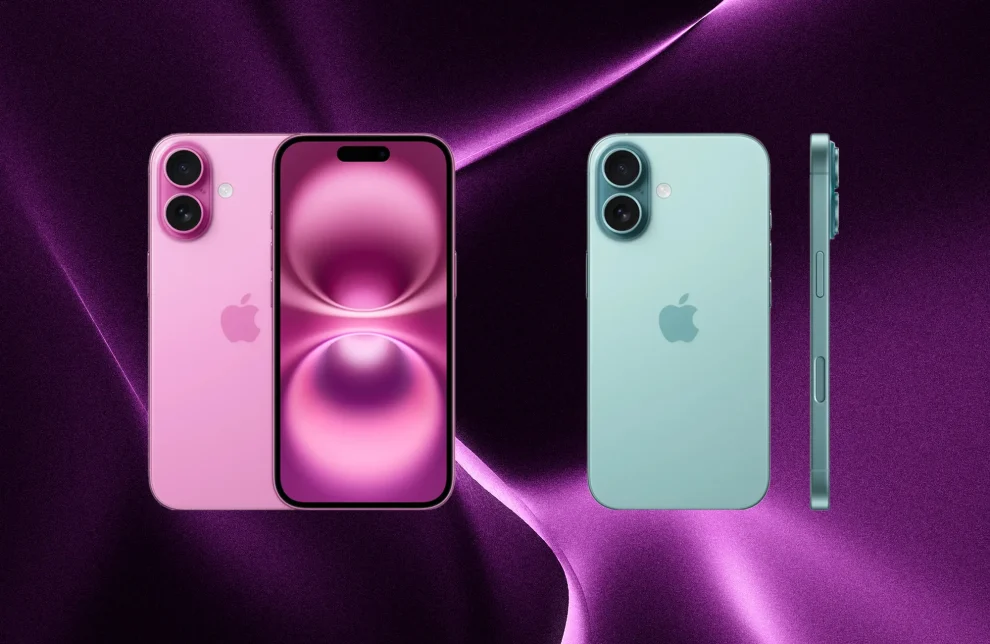Apple’s newest iPhone lineup is making waves not for its flashy features, but for what’s under the hood. The tech giant has taken significant strides in addressing long-standing concerns about device repairability, earning praise from industry experts and consumer advocates alike.
As the sun rose over Cupertino this morning, repair enthusiasts at iFixit were already elbow-deep in Apple’s latest offerings. Their verdict? The iPhone 16 series represents a quantum leap in repairability, scoring an impressive 7 out of 10 on their scale – a marked improvement from the iPhone 15’s mediocre 4 out of 10.
“This isn’t just a minor tweak,” said Kyle Wiens, iFixit’s founder, during an exclusive interview. “We’re talking about three big leaps for repairkind. Apple has clearly been listening to consumers and repair professionals.”
One of the most significant upgrades comes in the form of a new adhesive used to secure batteries in the iPhone 16 and 16 Plus models. This innovative solution debonds when an electrical current passes through it, making battery replacements a breeze.
Gone are the days of wrestling with those finicky adhesive strips,” explained Sarah Chen, a certified repair technician we spoke to at a local Apple Store. “This new system turns what used to be a frustrating ordeal into an easily repeatable process.”
While this advancement does require a new tool, repair experts agree it’s a small price to pay for the increased efficiency and reduced risk of damage during battery replacements.
In a move that’s sure to please repair shops and DIY enthusiasts alike, Apple has extended the ability to repair iPhones from either the front or back of the device across its entire iPhone 16 lineup. This feature, first introduced in the base iPhone 14 models, has now made its way to the Pro versions as well.

Having to remove an expensive, fragile, ProMotion OLED during a repair path isn’t ideal,” Wiens noted in iFixit’s detailed blog post. “Being able to avoid it for simple repairs streamlines procedures and reduces the risk of accidental damage.”
The iPhone 16 Pro models have received a unique upgrade in the form of hard steel casings for their batteries. This seemingly small change could have big implications for device safety and longevity.
“Hard cell batteries are less prone to damage by the slip of a screwdriver,” explained Dr. Emily Zhao, a materials scientist specializing in battery technology. “This significantly reduces the risk of fires during repairs or in the event of accidental damage.”
While the Pro models didn’t receive the new adhesive system found in their non-Pro counterparts, the hard casing is expected to make battery removal safer, even when prying is required.
Apple’s journey to improve device repairability hasn’t been without its bumps. For years, the company faced criticism from consumer advocates and right-to-repair proponents who argued that its products were unnecessarily difficult and expensive to fix.
The tide began to turn in November 2021 when Apple, under mounting pressure from various stakeholders, announced its Self Service Repair program. Since then, the tech giant has been steadily working to make its devices more repair-friendly.
While the iPhone 16’s repairability score matches that of the iPhone 14, experts say there’s still room for improvement. iFixit’s wishlist for future models includes the use of less “fussy screw types” and easier methods for removing display and rear panel adhesive without heat.
“Apple has made great strides, but we’re not at the finish line yet,” Wiens emphasized. “We’re excited to see what innovations they’ll bring to the table in future models.”
These improvements in repairability aren’t just good news for consumers’ wallets – they also have significant environmental implications. By making devices easier to repair, Apple is potentially extending the lifespan of millions of iPhones, reducing electronic waste and the need for resource-intensive manufacturing of replacement devices.
“This is a win-win situation,” said Emma Rodriguez, an environmental policy analyst we reached out to for comment. Consumers get more durable, repairable devices, and we reduce the environmental impact of our technology use. It’s a step in the right direction for sustainability in the tech industry.”
As Apple continues to refine its approach to repairability, the iPhone 16 series stands as a testament to the power of consumer advocacy and the potential for major tech companies to embrace more sustainable, user-friendly design principles. Only time will tell if this trend will continue, but for now, repair enthusiasts and environmentally conscious consumers have reason to celebrate.















Add Comment